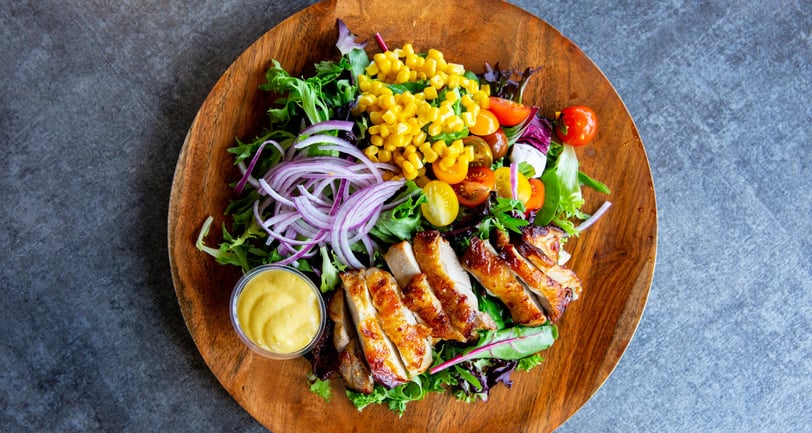The Truth About the OMAD Diet: Benefits, Risks & Real-Life Tips
Curious about the OMAD diet? Learn how eating one meal a day can boost weight loss, focus, and energy—plus tips to start safely in 2025. Discover real benefits, potential risks, and how Americans are simplifying their health with this powerful intermittent fasting method. Perfect for busy lifestyles—find out if OMAD is the right fit for your wellness goals.
4/9/20252 min read


If you've ever thought, “What if I just ate one really good meal a day and skipped the rest?” — you're already on the path to understanding the OMAD diet, short for One Meal A Day. It sounds simple, but there’s a lot more going on beneath the surface. And for many Americans juggling fast-paced lives, this minimalist eating style is catching on — not just for weight loss, but also for better focus, energy, and control over cravings.
So, What Exactly Is OMAD?
OMAD is a form of intermittent fasting where you eat all your daily calories within one meal — usually over a 1-hour window — and fast for the remaining 23 hours. Think of it as the extreme version of 16:8 or 18:6 fasting styles.
But don't panic — it doesn’t mean you starve. That one meal? It’s meant to be balanced, nutrient-dense, and satisfying.
Why Are People in the U.S. Trying OMAD?
Busy schedules, skyrocketing grocery bills, and the desire to simplify nutrition are pushing more people toward the OMAD lifestyle. Here’s what’s making it trend:
✅ Weight loss made simpler – One meal = fewer chances to overeat.
✅ Improved insulin sensitivity – Fewer meals may help regulate blood sugar levels.
✅ Mental clarity – Many users report feeling more focused and less sluggish.
✅ Time-saving – No meal prep chaos throughout the day.
It’s worth noting that many people combine OMAD with low-carb, keto, or whole foods diets to amplify the benefits.
But… Is Eating Once a Day Safe?
That depends on you. OMAD isn’t for everyone — especially if you're pregnant, diabetic, underweight, or have a history of disordered eating.
While some report feeling energized and even euphoric, others might feel tired, moody, or ravenous — especially in the beginning. That’s why listening to your body is key.
It’s also super important to focus on quality, not just quantity. Your one meal should include:
🥩 Protein (chicken, fish, eggs, tofu)
🥦 Fiber & veggies (spinach, broccoli, sweet potato)
🥑 Healthy fats (avocado, olive oil, nuts)
🍓 Some complex carbs (quinoa, brown rice, oats if they work for you)
Tips If You’re Thinking of Trying OMAD
Start slow – Try 16:8 intermittent fasting before jumping into OMAD.
Hydrate all day – Water, herbal teas, black coffee = your best friends.
Stay consistent – Your body takes time to adapt.
Avoid junk – One giant fast food meal won’t cut it. Real food = real results.
Listen to your body – Fatigue, headaches, or weakness are signs to pause.
For some, OMAD is life-changing. For others, it’s too intense. If you're in the U.S. and overwhelmed by diet plans, OMAD offers simplicity — but it works best when approached with common sense and self-awareness.
Talk to your doctor or nutritionist before diving in, and if you do try it, go slow. Your health comes first — always.
